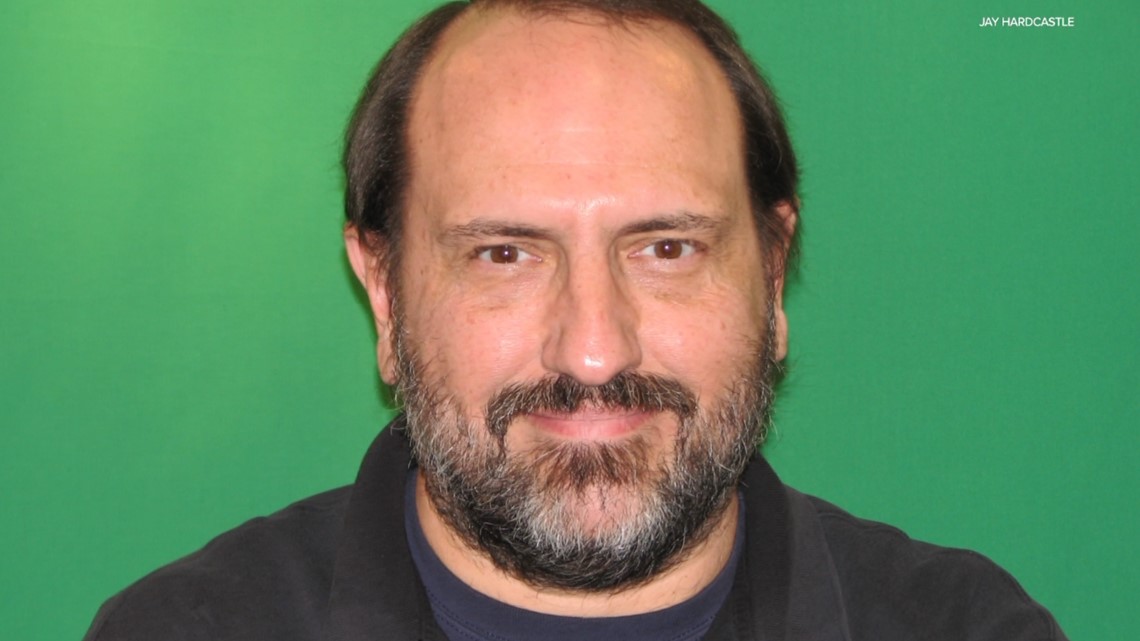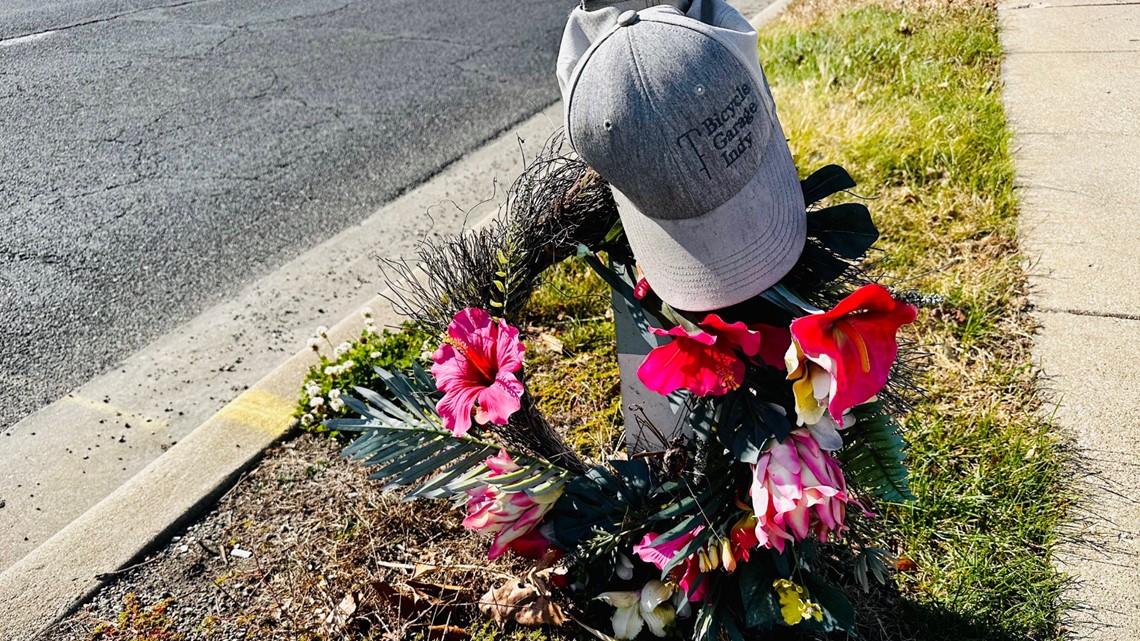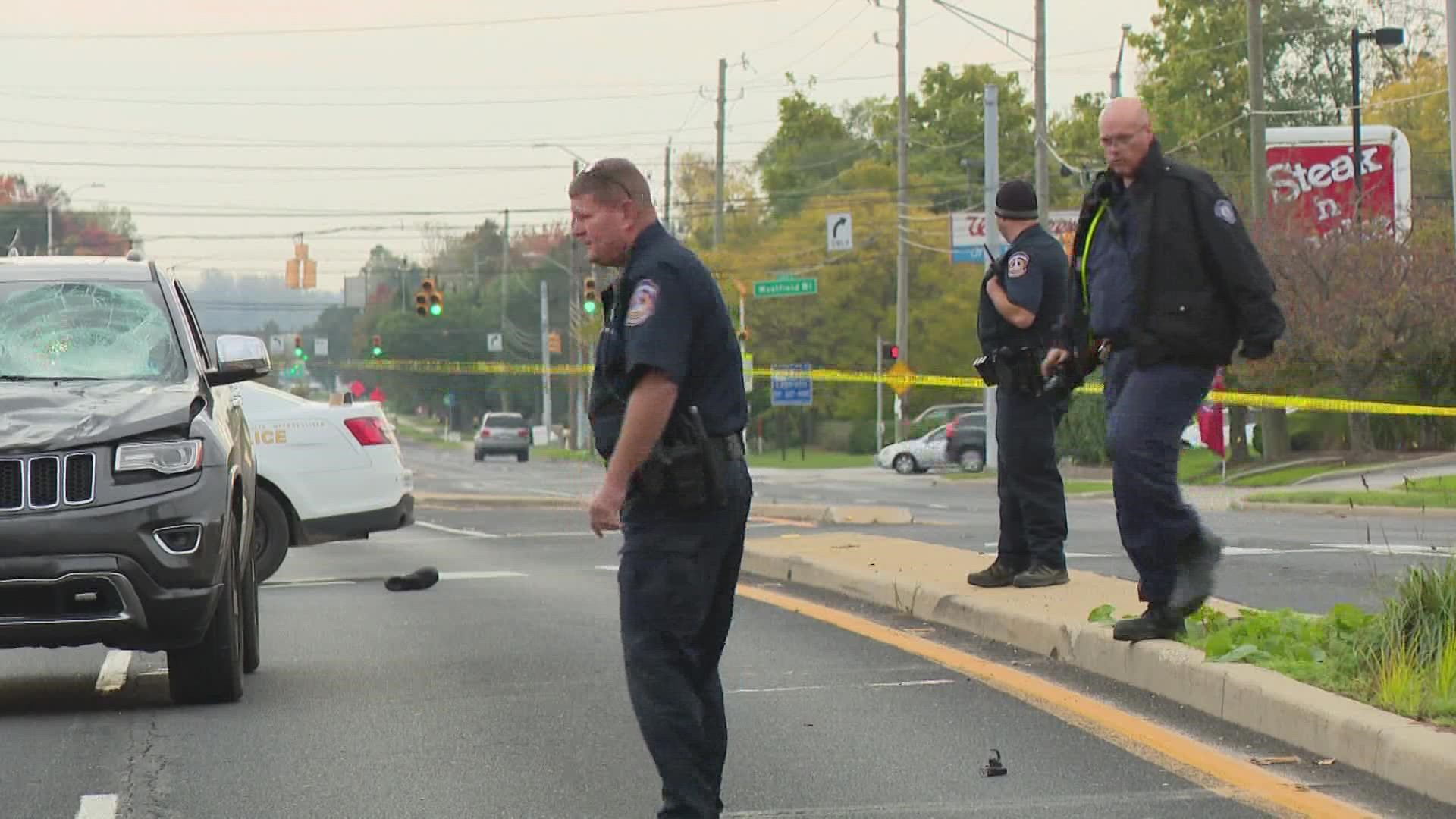INDIANAPOLIS — Connie Szabo Schmucker is an avid cyclist who uses the Monon Trail almost every day.
“I usually ride about 4,000 miles a year,” she said.
Along the 25-mile stretch, she said one of the most dangerous crossings is at 86th Street.
“You have a lot of traffic going in different directions, lots of turns on red and speeding traffic,” Szabo Schmucker said.
It’s why the Bicycle Garage Indy advocate continues to push for safety changes at that intersection.
“It just looks like a crosswalk. You have no idea that a million people cross here a year,” Szabo Schmucker said.
It’s a fight that became personal last year, when her friend and beloved cyclist Frank Radaker was hit and killed on his bike at the 86th Street crossing.


“When I got the call that he had been killed, I was like, 'How could Frank have gotten killed?' Frank was one of the safest riders that I knew,” Szabo Schmucker said. “It really struck a chord with the entire bicycle community, because everyone that knew him or even didn’t know him said, 'That could’ve been me.'”
After the tragic crash, Szabo Schmucker met with the Mayor’s Bicycle Advisory Council. At the meeting, she presented a list of safety actions the city, individuals and organizations could take.
The city then updated its Complete Streets Policy, which requires road projects to consider all road users, including cyclists and pedestrians. City officials also added a fatal crash review team to address crashes and if infrastructure played a role.
The Indianapolis Department of Public Works even added a new “no turn on red” sign at the intersection.


Despite the changes, advocates say it's not enough.
“A lot of the things for infrastructure that could be done quickly haven’t happened,” Szabo Schmucker said.
Her top priority would be building a tunnel at the 86th Street intersection, but the city says that solution would be costly and time-consuming.
So, in the meantime, Szabo Schmucker has been more focused on short-term solutions.
Last July, volunteers did a citizen-led safety study. Within five hours, they recorded 240 incidents. Szabo Schmucker said they counted at least 93 cars that turned on red, 44 cars that were blocking the crosswalk and 11 cars that ran a red light.
She is also working with the Nora Alliance, a neighborhood nonprofit, to apply for the state’s Tactical Urbanism grant. It would allow them to make temporary changes at the crossing, including expanding and hardening the corners of the sidewalks and also making the crossing more visible.
If the Nora Alliance receives the grant, they would still need to get a permit from DPW to test any changes.
So far, Szabo Schmucker said 15 businesses and organizations have signed letters of support for the grant, including IndyGo.
“It’s frustrating that we have to go to this trouble, that we have to do this amount of effort to get changes to save lives,” she said.


On Wednesday, a DPW spokesperson said that the crossing is fully controlled by traffic signals and includes all standard signage.
They also said that the crossing “has one of the lowest amounts of crashes between pedestrians and vehicles for intersections along the Monon Trail. The crash reports that exist in our database for this intersection are nearly all attributed to a motorist disregarding current signage/signals.”
Mayor Joe Hogsett’s proposed budget for 2023, which was approved last month, includes new investments in a specific traffic safety engineer position, as well as a dedicated $1 million for intersection safety upgrades at locations of high crash volume across the county.

